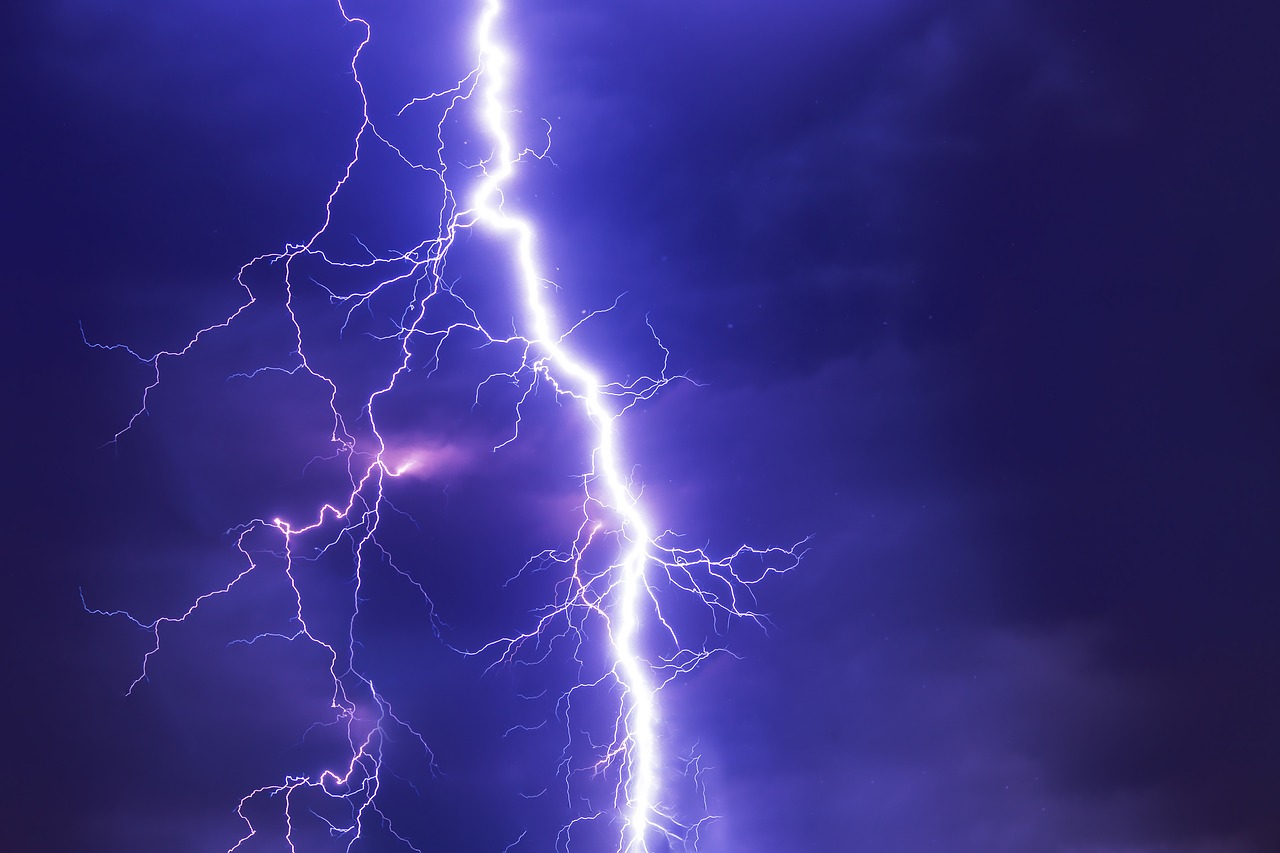The statement “lightning never strikes the same place twice” is a common saying that is actually a myth. In reality, lightning can and does strike the same place multiple times. It’s the atmospheric conditions and the electrical properties of the location that often determine where lightning strikes. For instance, tall and isolated objects are more likely to be hit by lightning, especially if they are in a flat area. Lightning is drawn to the ground’s positive charge, and certain areas, such as high grounds or large buildings, are more prone to lightning strikes due to their proximity to the storm cloud base.
The most notable example of this is the Empire State Building in New York City, which is struck by lightning about 23 times each year. Similarly, the CN Tower in Toronto, Canada, gets hit by lightning approximately 75 to 100 times per year. Another compelling example is a Venezuelan lake called Catatumbo, often referred to as the “everlasting storm.” This spot receives lightning strikes for up to 10 hours a night, 140 to 160 nights per year, marking the same place repeatedly.
As for the origins of the myth, it’s not entirely clear where it comes from. It’s likely that it emerged from a simple misunderstanding of how lightning works. It seems plausible because lightning strikes are random, and the odds of it hitting the exact same spot twice seem low given the vastness of Earth’s surface. The myth also might have been perpetuated due to the rarity of observing a lightning bolt striking the same place twice within a short span of time. However, over a longer period, especially for tall structures or geographical features, the likelihood of repeated strikes is quite high.
In terms of why the myth is so pervasive, it might be because it’s often used metaphorically rather than literally. People use it to communicate the idea that the same unlikely or unfortunate event is not likely to happen to the same person or place again, like a sort of reassurance or consolation. However, in the realm of weather and lightning, it simply does not hold true.

